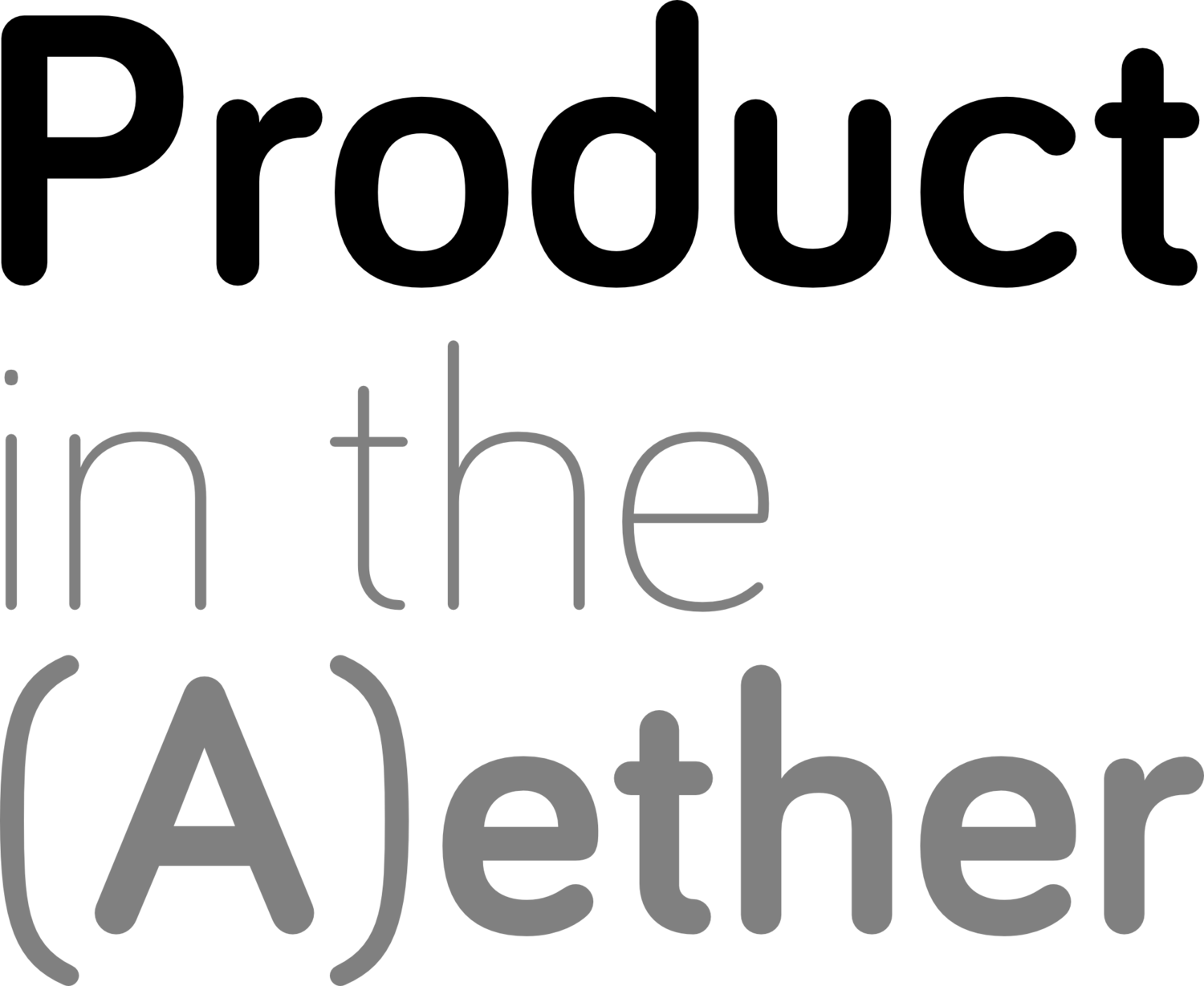PITA 065
How do staff/principal roles fit into cross-functional teams?” Tension between ‘im a staff person, i wield a lot of power, but i’m supposed to collaborate with people lower down’, and that’s causing unproductive friction. They’re trying to lead in areas that are not in their domain. And people defer to them in context where they shouldn’t.
Principals are pointed at org risk, not team/product risks
We have specific frameworks, and have used some examples from progression.fyi . For us, the difference between Staff level and Senior is the domain expertise. They may be a STAFF for domain, but then work as a LEAD for specific teams via influence, not hierarchy. We even had one STAFF Eng who went into a mid-level PM to fill a hole.
Roles aren’t a neat jigsaw; they’re overlapping venn diagrams. Setting expectations on transparency is key.
How are people measured? What is their motivation/remuneration based on?
There’s a misunderstanding, in that people higher up the ladder need to be careful about what they say and how people are interpreting it. Do they understand the effect they have on the system with the position that they have?
How are they being managed? What are they there for, how are they doing against the objective?
Creating a team charter, figuring out how to make decisions as a team.
Spiral Dynamics - models to give a picture of org maturity - might be helpful. Is the staff rack competency or hierarchy-based?
How much ambiguity is at the root of this? Specifically about the management/IC path and how that works in practice, rather than in theory.
How to work with Senior PMs that think their role is managing up instead of collaborating down?
Why are they cancelling? Do they know what the impact is on you?
If they can’t do 1:1s, maybe create office hours to handle the issue.
Or supply agendas in advance.
Root cause for me as a product person: the expense of context switching is quite high. So rolling 1:1s are hard. BUT making times to stay aligned. Keeping an agenda, or a rolling doc for stuff to discuss is key, so we can keep track. Anything that needs to be covered ends up in there, and I can update some things quickly. Anything solved gets checked off. Any meetings with nothing to discuss can be cancelled - no agendaless 1:1s.
Discuss in advance - what are the conditions that we’re allowed to cancel?
Commit to 4 (or so) sessions, and do an impromptu review at the end of each to reflect on how to make the session more useful/better.
Call it something other than a 1:1 - that means different things/carries different baggage
Who needs to/should be in the meeting? Who is it for?
AI, working fast and working slow, going through the steps
Useful using AI as my rubber duck - my lo-fi pair programmer, something/someone i can talk things through with.
Fast/slow isn’t the issue - it’s the intent and the confusion of the shape of an artefact, and what a good version of it is. But when we jump straight to a final-looking thing, we miss the point of the process. It doesn't end up looking like something that’s been thought through.
Critical to compare what your team does and what the AI does by itself as a replacement.
Communication artefacts, handover artefacts, alignment artefacts
Moving fast with AI creates cognitive debt - you’re borrowing against your intuition/knowledge in the future. Junior people don’t end up developing the gut feel/6th sense/product sense
It helps you, at the least, to understand what you don’t know. So you can sniff out what looks wrong, at the very least. (Neil Vass’ estimation exercises do this really well, too.)
The tools are great for 0 to 1, to break a deadlock and get started. They’re terrible for getting to level 10, of real quality. At best, they’ll get you to 4 or 5, part of the way there, when applied thoughtfully - as a rubber duck.
If you’re in a hurry, walk slowly. AI breaks this.
If the AI produces something level 1, not great - everyone can spot it. At the 4 - 7 range, you need the skillset to distinguish between what’s close to right, right, and not right at all. Developing that skillset is critical. The uncanny valley, the difference between good and mediocre, but hard to put your finger on.
AI is an interesting product capability where you need the user to have some trust in the capability, but perhaps not total trust, as that would lead to them disengaging with whatever process / function the AI is covering.

